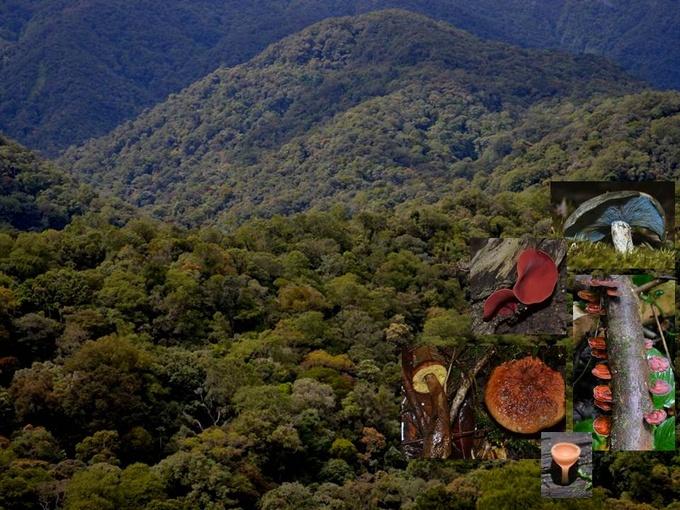
Background & context
Fungi represent one of the largest groups of living organisms. Their true diversity was estimated to be between 1.5 and 5 million species. Therefore, with the appr. 100 000 described specie,s we currently know only a fraction of total fungal diversity. The task of discovering a significant portion of yet unknown fungal species has only recently become possible with the advent of high-throughput DNA sequencing of environmental samples, such those featured in this project.
Objectives & goals
1) Assess phylogenetic and taxonomic diversity of selected genera of tropical fungi
Tropical fungi remain understudied and acquiring knowledge on their taxonomic and phylogenetic diversity in undersampled and presumably highly diverse areas, such as those featured in this project, is of paramount importance.
2) Identify patterns of habitat preference of fungi in various tropical forest types along elevational gradients
Our previous projects showed that there is are strong differences in diversity of fungi of various ecological groups along elevational gradients on tropical mountains. In this project, we will focus on 1-2 selected mushroom genera to compare their species richness and phylogenetic diversity among elevational forest types.
Methods, tasks & approach
Phylogenetic analyses of DNA sequences already obtained from soil samples from Borneo and/or the Andes. Ecological statistical analyses of fungal species assemblages in various forest types.
Requirements
BSc degree in biology (in case of a bachelor’s project completion of the 1stand 2nd year of the biology programme)